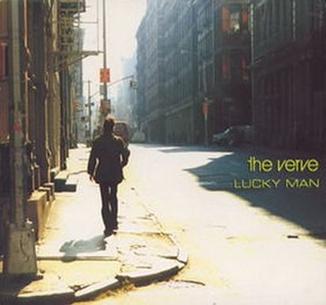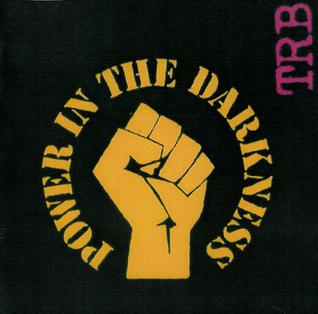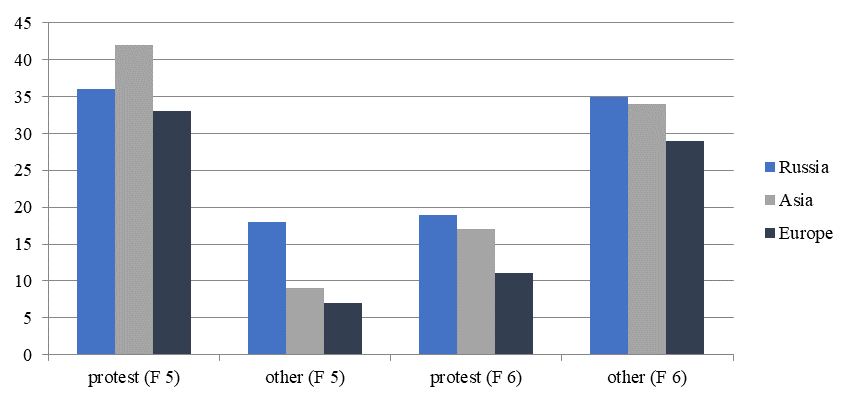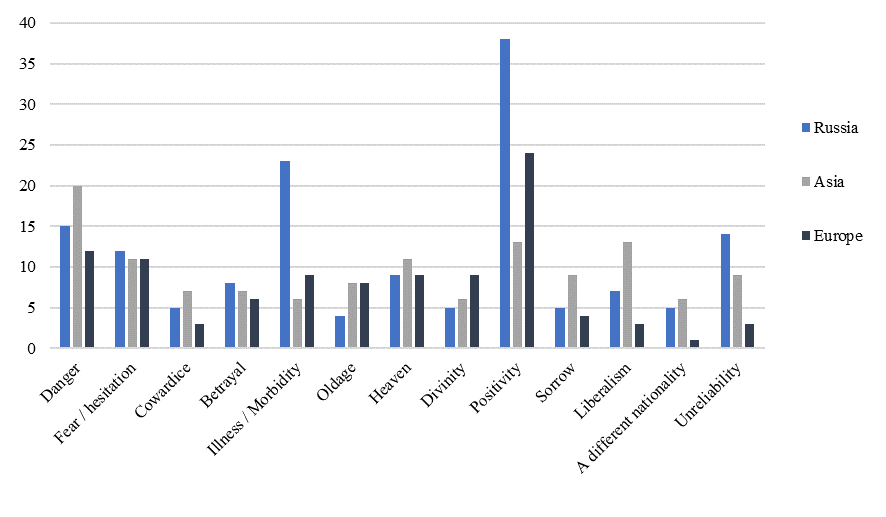Abstract
This article offers the results of experimental research on the colour yellow in rock-discourses. The main aim of the research is to establish whether there is any correlation between the typical associations of English speakers from Asia, Europe and Russia and those typical of the British and American rock-discourse. At the pre-experimental stage, we determined those typical meanings by analysing the psychophysical, linguocultural, lexicographic interpretations of the studied colour, apart from that, the album covers (the iconic level of rock-discourse) were selected. A survey of 145 English speakers was conducted via Google Forms. The following data were obtained: in the first stage – respondents’ free colour associations; in the second one – respondents’ album cover associations; in the last one – respondents’ fixed colour associations. As a result of the first stage, associative definitions (58,7%) were found to be more prevalent than metaphoric associations (41,3%). In the second one, respondents were able to identify all three components of the studied colour, more specifically “illness”, “positivity” and “protest”. The last one was identified by the majority only in the British album cover, while in the American one by the minority. In the third one, respondents chose all the given meanings of yellow to some extent. Prominently, each part of the world favoured a certain meaning more: Asia – “danger”, Europe – “positivity”, Russia – “positivity”, “illness/morbidity”.
Keywords: Colouryellowrock-discourseBritishAmericancovers
Introduction
The article in question highlights the results of experimental research on the meanings of the colour yellow in the British and American linguocultures. More specifically, the study focuses on the meanings which are topical for the rock-discourse of these linguocultures.
Mainly, this research is based on a survey of 145 English speakers, which was conducted through Google Forms (see: Colour, 2019). All the respondents represent the following parts of the world geographically: Russia – 37%; Asia (e.g. China, Japan, Mongolia, Vietnam, and others) – 35%; Europe (e.g. France, Germany, Italy, Latvia, and others) – 28%.
Interestingly, the respondents equally reflect both linguistic (e.g. translation, linguistics, English teaching, and others) and non-linguistic (e.g. law, IT, design, engineering, and others) majors. Regardless of the major, the surveyed participants’ proficiency is purported to be A2 (18%), B1 (17%), B2 (27%), C1 (25%), C2 (13%) in line with the CEFR.
The stages of the research are as follows:
Pre-experimental which includes collecting the material, namely album covers (the iconic level of rock-discourse), and study of the psychophysical, linguocultural, lexicographic interpretations of the colour yellow. It aims to inform the experimental stage;
Experimental which includes:
free colour associations, i.e. the English-speaking respondents were asked to list the words they think of when they see the colour yellow – to establish the respondents’ linguocultural associations in order to subsequently compare and contrast them with the ones in the studied linguocultures;
album cover associations, i.e. respondents had to write the words they thought of when confronted with a pre-selected set of British and American rock album covers featuring yellow. The aim was threefold. First, to see how each respondent interpreted the colour yellow in each specific instance to note any patterns or similarities with the psychophysical, linguocultural, lexicographic data. Second, to determine whether and to what extent they could identify the linguocultural meanings on their own. Third, how much correlation there is between the responses and our pre-experimental stage interpretation;
fixed colour associations – to obtain data as to how all the meanings of this colour identified at the pre-experimental stage correlated with the ones the respondents chose from a list so as to make conclusions about how prominent each meaning is in the studied linguocultures.
Problem Statement
First and foremost, there has always been a vivid interest in the colour interpretation, which differs tremendously from one culture to another, from discourse to discourse. Recent studies can be noted in the spheres of:
colour meaning, symbolism and associations: yellow in social movements (Borodulina et al., 2019), abstract words and colour associations (Goodhew & Kidd, 2020), grapheme-colour association (Nagai et al., 2016), and others;
colour in discourses: environmental discourse (Biros, 2014); discourse of children’s clothing in the USSR in the 1950-1980s (Boitsova & Orekh, 2018), visual discourse (Sandywell, 2016), and others;
colour influences on behaviour (Gil & Le Bigot, 2017), organization (Beyes, 2016), social media (Yu et al., 2020), law (Vaz et al., 2015), and others.
Thus, taking into account the worldwide range of linguocultures, we may conclude that there is a vast field for any future research.
Secondly, the colour yellow, being one of the primary colours in the studied linguocultures, constitutes quite a developed system of meanings:
Finally, our previous research on the colour yellow meanings in the British and American rock-discourse (e.g. Dymova, 2019) has prompted the overall necessity to carry out the survey under consideration so as to find further proof of our previous findings.
Research Questions
The questions posed prior to this experiment were as follows:
What typical yellow colour associations do English speakers have?
How do these compare to the ones common in the British and American rock-discourse?
Are English speakers able to distinguish the meaning of the studied colour in a particular context?
How precisely are they able to identify it?
Purpose of the Study
The purpose of the study is to establish whether there is any correlation between the theoretical data on the colour yellow, namely the psychophysical, linguocultural and lexicographic data, and English speakers’ interpretations of this colour in the context.
Research Methods
The following methods were employed in the study: cognitive metaphor analysis, component and definition analysis, survey, associative experiment and cognitive discourse analysis (CODA).
CODA is of particular importance, as this is a systematic way to examine the human mind by studying the language used to express people’s thoughts (Tenbrink, 2020). It was used at all the stages of the study and allowed us to gauge how linguocultural data, as well as public opinion, are reflected in the consciousness of English speakers around the world.
Moreover, the associative experiment has played a fundamental role in this research. Researches based on this method are believed to be a great source of knowledge and a means of understanding various anthropocentric notions (Borisova, 2019). It has been actively used at the experimental stage as a tool for studying verbal associations for yellow typical of a linguoculture.
Findings
The experimental research consists primarily of two fundamental stages:
In its turn, the
I. In the first –
From Table
Furthermore, it is worth noting that the lexicographic data provides some associative definitions for yellow such as “ripe lemons”, “egg yolk”, “the sun’, “sunflowers”. This idea is of particular interest to us since all the responses given in the first part of the experimental stage can be grouped into
As is seen from Table
II. In the second stage –
One of the components of yellow shared by both the British and American rock-discourse is “illness”. Thus, Figure


All the answers provided by the participants for Figure

As is seen from Figure
Respectively, the category of “illness” prevails (66%) among the answers for Figure
From the experimental stage of Figure
The next set – Figure



Figure
As for Figure
The experimental stage of Figure
The final set – Figure


The responses by the participants for Figure

According to Graph
Astonishingly, in comparison to all the previous cases, only the minority (36%) has identified “protest” in Figure
As a result, the experimental stage of Figure
III. In the final stage -

Unlike their European counterparts, for whom “positivity” was the most widely selected with 24%, the dominant meaning among the English speakers from Asia was “danger” accounting for 20% of the answers. The English speakers in Russia favoured “positivity” so much so that a staggering 38% chose it; the next most widespread was “illness and morbidity” around 23%.
The category which was least popular with the respondents was “different nationality”. Interestingly, roughly 5% chose it from Asia and Russia, whereas in Europe it was virtually non-existent, only 1%.
As can be seen from Figure
Conclusion
As a result of the research, we reached the following conclusions:
the associative definitions (“the sun”/“(sun)light”, food, and others) were more prevalent than the metaphoric associations (emotions (“happiness”, “positivity”, “fun”, “negativity”, and others), “warmth”, seasons, and others) among the surveyed English speakers with 58,7% and 41,3% respectively;
when distinguishing the meaning of the colour yellow in the album covers of American and British rock bands, the majority of the respondents successfully identified all three of the given meanings, “illness”, “positivity” and “protest”. The last one – the cover of an American rock band – was not evident to all the respondents, only to a minority, possibly due to the ambiguity of the image since the British one was;
all the meanings of the colour yellow determined at the pre-experimental stage with the help of the psychophysical, linguocultural and lexicographic data were chosen by the English speakers in the fixed colour associations part of the experiment. Thus, it has been proved that the data are quite accurate. However, there was a clear delineation of the meanings according to the country: Asia – “danger” (20%), Europe – “positivity” (24%), Russia – “positivity” (38%), “illness and morbidity” (23%).
References
- Beyes, T. (2016). Colour and organization studies. Organization Studies, 38(10), 1467–1482. https://doi.org/10.1177/0170840616663240
- Biros, C. (2014). Les couleurs du discours environnemental [The colours of environmental discourse]. Mots. Les langages du politique, 105(2), 45–66.
- Boitsova, O., & Orekh, E. (2018). From Bright Clothes to Bright Futures: Discourse on the Colour of Children’s Clothing in the USSR of the 1950s–1980s. Childhood in the Past, 11(2), 100-113. https://doi.org/10.1080/17585716.2018.1495080
- Borisova, Y. A. (2019). Associativny`j e`ksperiment v sovremenny`x psixolingvisticheskix issledovaniyax [Association experiment in the modern psycholinguistic research]. Psihologija. Istoriko-kriticheskie obzory i sovremennye issledovanija, 8, 265–275.
- Borodulina, N. J., Makeeva, M. N., & Glivenkova, O. A. (2019). Czvet imeet znachenie VS ne ne imeet znacheniya (simvolika zheltogo czveta v reprezentacii social`ny`x dvizhenij v Evrope) [Colour has meaning VS colour doesn’t have meaning (symbolysm of yellow colour in representation of social movements in Europe]. Filologicheskie Nauki. Voprosy Teorii i Praktiki, 4, 228–232 https://doi.org/10.30853/filnauki.2019.4.47
- Collins. (2020). Collins English Dictionary. https://www.collinsdictionary.com
- Colour. (2019, December). Google Forms Survey. https://docs.google.com/forms/d/e/1FAIpQLSekt9S6 PldZVnxRhtkdznzbJXJpszXe-uRfHAutMDPt56cJAg/viewform
- Dymova, A. V. (2019). Metaforizaciya zheltogo v britanskom i amerikanskom kreolizovannom rok-tekste [Metaphorical use of “yellow” in British and American creolized rock-texts]. Vestnik Voronezhskogo Gosudarstvennogo Universiteta. Serija: Lingvistika i Mezhkulturnaja Kommunikacija, 3, 100–107.
- Gil, S., & Le Bigot, L. (2017). Development of the red-negative association: motivation-based behaviors. Cognitive Development, 44, 110–115. https://doi.org/10.1016/j.cogdev.2017.09.004
- Goodhew, S. C., & Kidd, E. (2020). Bliss is blue and bleak is grey: Abstract word-colour associations influence objective performance even when not task relevant. Acta Psychologica, 206, https://doi.org/10.1016/j.actpsy.2020.103067
- Lexico. (2020). English Dictionary, Thesaurus and Grammar Help. https://www.lexico.com
- Nagai, J. I., Yokosawa, K., & Asano, M. (2016). Biases and regularities of grapheme–colour associations in Japanese nonsynaesthetic population. Quarterly Journal of Experimental Psychology, 69, 11–23. https://doi.org/10.1080/17470218.2015.1018835
- Sandywell, B. (2016). Dictionary of Visual Discourse: A Dialectical Lexicon of Terms. Routledge.
- Tenbrink, T. (2020). Cognitive Discourse Analysis: An Introduction. Cambridge University Press.
- Vaz, C. F., Valentin, R. P. F., & Castro, R. V. (2015). Color of law: juridical discourse about colored people during Brazilian republican government. Procedia - Social and Behavioral Sciences, 190, 241–249. https://doi.org/10.1016/j.sbspro.2015.04.942
- Yu, C. E., Xie, S. Y., & Wen, J. (2020). Coloring the destination: the role of color psychology on Instagram. Tourism Management, 80, 104-110. https://doi.org/10.1016/j.tourman.2020.104110
Copyright information

This work is licensed under a Creative Commons Attribution-NonCommercial-NoDerivatives 4.0 International License.
About this article
Publication Date
20 November 2020
Article Doi
eBook ISBN
978-1-80296-094-5
Publisher
European Publisher
Volume
95
Print ISBN (optional)
-
Edition Number
1st Edition
Pages
1-1241
Subjects
Sociolinguistics, discourse analysis, bilingualism, multilingualism
Cite this article as:
Dymova, A. V., & Kareva, V. Y. (2020). Experimental Research On The Colour Yellow Meanings In British And American Rock-Discourse. In Е. Tareva, & T. N. Bokova (Eds.), Dialogue of Cultures - Culture of Dialogue: from Conflicting to Understanding, vol 95. European Proceedings of Social and Behavioural Sciences (pp. 260-270). European Publisher. https://doi.org/10.15405/epsbs.2020.11.03.28

